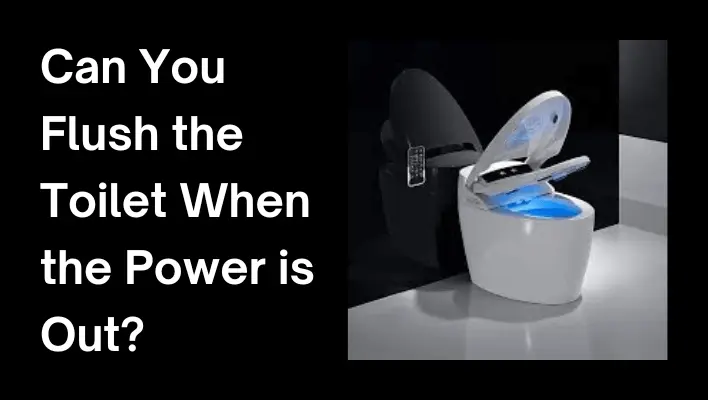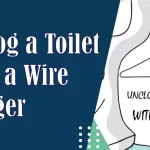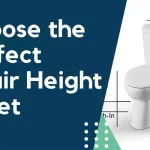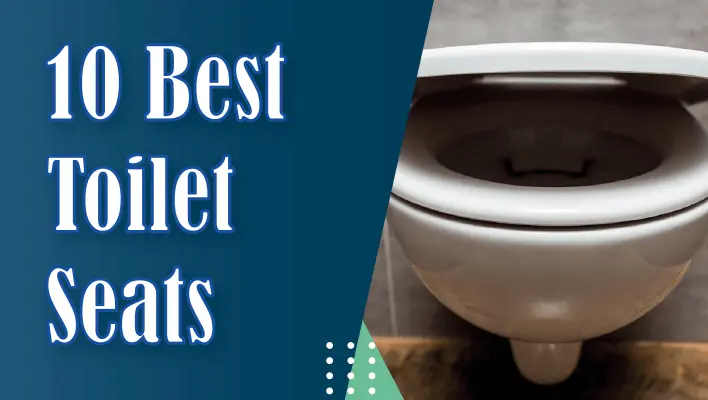Power outages are a common occurrence, whether due to severe weather, maintenance issues, or unforeseen circumstances. When the power goes out, various household utilities become unavailable, raising concerns about basic necessities such as water and electricity. Among these concerns is the functionality of toilets during power outages. Many people wonder: Can you flush the toilet when the power is out?
In this comprehensive guide, we’ll delve into the intricacies of toilet operation during power outages. We’ll explore how toilets work without electricity, how many times you can flush a toilet without power, and alternative flushing methods to maintain sanitation and hygiene when traditional flushing is unavailable. Let’s unravel the mysteries of toilet flushing during power outages and equip ourselves with the knowledge to navigate through such situations effectively.
Content
Understanding Toilet Operation During Power Outages

Toilets are essential fixtures in any household, facilitating the safe disposal of human waste and maintaining sanitation and hygiene. Traditional toilets typically rely on a combination of mechanical and electrical components for flushing. When you press the flush lever, an electrically powered pump or valve opens, allowing water to flow from the tank into the bowl, creating a flushing action that removes waste.
However, when the power goes out, these electrical components become inactive, leaving many to wonder if toilets can still function without electricity. The good news is that toilets can indeed work without power. Most toilets operate on a gravity-based flushing system, where water stored in the tank is released into the bowl. This gravity-assisted mechanism relies solely on the force of gravity and water pressure to create the flushing action, making toilets resilient during power outages.
Do Toilets Work Without Power?
Yes, toilets can work without power. The gravity-based flushing system allows toilets to operate independently of electricity. Even though the electrically powered components may be inactive during power outages, the basic flushing function remains intact. This inherent design feature ensures that toilets can continue to function effectively, providing a means for waste disposal even when electricity is unavailable.
How Many Times Can You Flush a Toilet Without Power?
The number of times you can flush a toilet without power depends on several factors. These include the size of the toilet tank, the amount of water available, and the type of flushing mechanism. In general, toilets can be flushed multiple times without power, as long as there is sufficient water in the tank to create the flushing action.
During power outages, it’s essential to conserve water and ration flushes to ensure optimal usage until power is restored. Individuals can adopt water-saving practices such as flushing only when necessary and using alternative flushing methods when traditional flushing is unavailable.
Emergency Toilet Flushing Techniques
In emergency situations where traditional flushing is unavailable, improvisation may be necessary to maintain toilet functionality. Several emergency toilet flushing techniques can be employed using readily available resources:
- Hand-operated flushing: manually pour water from a container into the toilet bowl to initiate a flush.
- Gravity-assisted flushing: fill a bucket with water and pour it into the toilet tank to simulate the flushing action and ensure proper waste removal.
- Chemical toilets: utilize chemical solutions to break down waste and neutralize odors, providing an alternative waste disposal option without relying on water-based flushing mechanisms.
These emergency flushing techniques can provide temporary relief and ensure sanitation and hygiene during power outages or water shortages.
Backup Flushing Systems
For more prolonged power outages or situations where water availability is limited, backup flushing systems become essential. Several backup flushing systems can be installed to facilitate flushing without electricity:
- Hand-operated pumps or siphons: manually pump water from a container into the toilet tank to initiate a flush.
- Gravity-assisted systems: install elevated water tanks or reservoirs that utilize stored water to generate flushing pressure.
- Battery-powered flushing mechanisms: use battery-powered pumps or valves to facilitate flushing when electricity is unavailable.
These backup flushing systems offer convenient and reliable options for uninterrupted toilet operation during emergencies.
Alternative Toilet Flushing Methods
In addition to backup systems, several alternative flushing methods can be employed to maintain sanitation and hygiene when traditional flushing is unavailable:
- Rainwater harvesting: collect rainwater in barrels or containers for use in toilet flushing during water shortages or emergencies.
- Stored water containers: store water in large containers or drums for use in flushing toilets when traditional water sources are unavailable.
- Composting toilets: utilize microbial decomposition to break down waste and convert it into compost, providing a sustainable and eco-friendly waste disposal option.
These alternative flushing methods offer viable solutions for maintaining sanitation and hygiene during emergencies or when traditional flushing is not feasible.
Conclusion
In conclusion, toilets can be flushed when the power is out, thanks to their inherent design and alternative flushing methods. Understanding how toilets work without electricity and implementing backup flushing systems are essential steps in emergency preparedness. By being informed and proactive, individuals can ensure sanitation and hygiene, even in challenging circumstances. So, the next time the power goes out, rest assured that your toilet can still function, equipped with the knowledge to navigate through the situation effectively.























